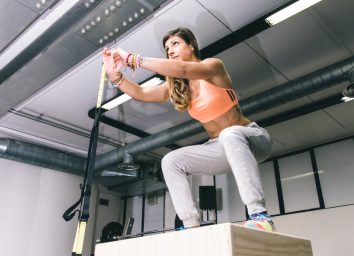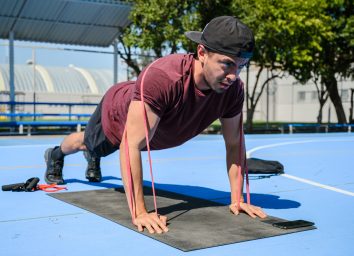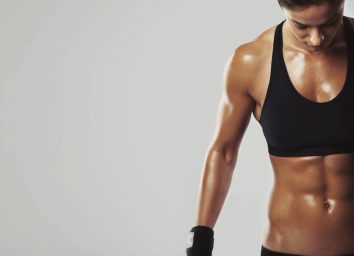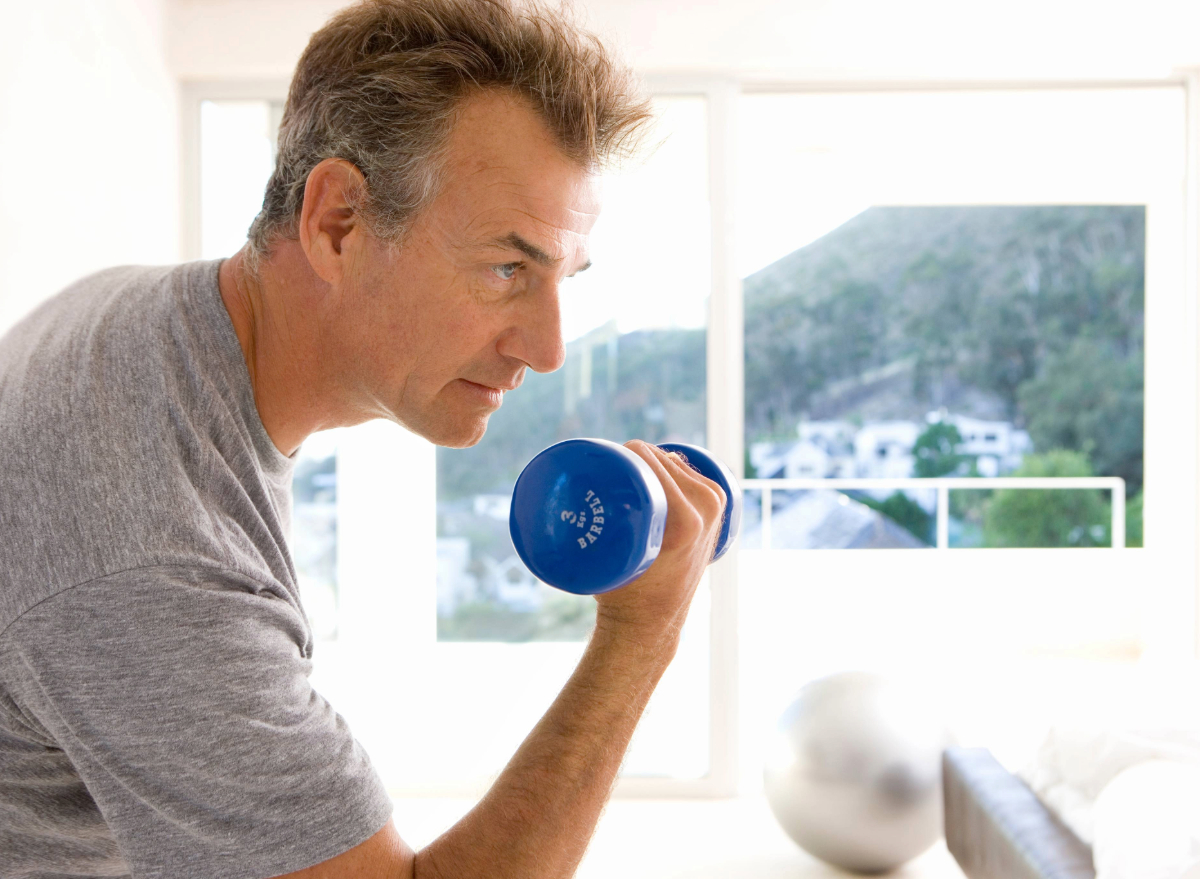
As you grow older, maintaining muscle mass, bone density, and overall strength becomes increasingly important for preserving mobility, independence, and overall quality of life. Weight-training exercises, when performed safely and effectively, can help counteract the effects of aging by improving muscular strength, balance, and bone health. Here are 10 weight-training exercises I recommend for individuals over 50 that are crucial to do as you age.
Incorporating these weight-training exercises into your fitness routine can help you stay strong, healthy, and active as you age. Remember to start with lighter weights and gradually increase intensity as you become more comfortable with each exercise. Always consult with a healthcare professional before starting any new exercise program—especially if you have existing health conditions or concerns. With consistency and dedication, you can reap the many benefits of weight training well into your golden years.
Keep reading for the 10 best weight-training exercises as you age. And when you're finished, be sure to check out these 8 Tips for Boosting Muscle Growth After 50, According to a Trainer.
Squats
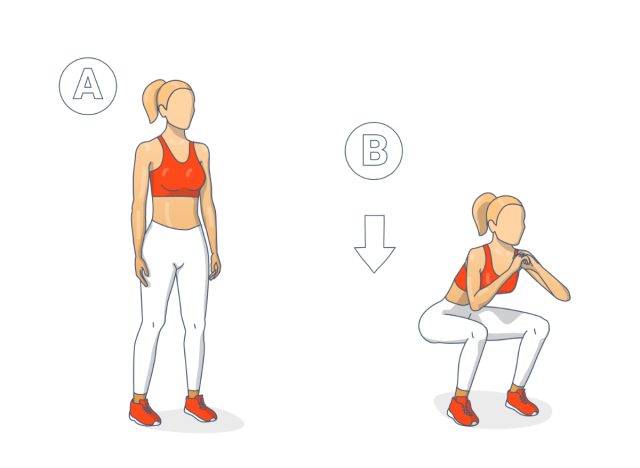
Squats are one of the most beneficial exercises for individuals over 50 as they help maintain lower-body strength, improve mobility, and enhance functional movement.
Stand with your feet shoulder-width apart and your toes slightly turned out. Engage your core muscles and keep your chest lifted as you lower your body by bending your knees and hips. Aim to lower until your thighs are parallel to the ground, ensuring your knees stay aligned with your toes. Press through your heels to return to the starting position. Start with two sets of 10 to 12 reps, gradually increasing the weight and reps as you feel stronger.
Deadlifts
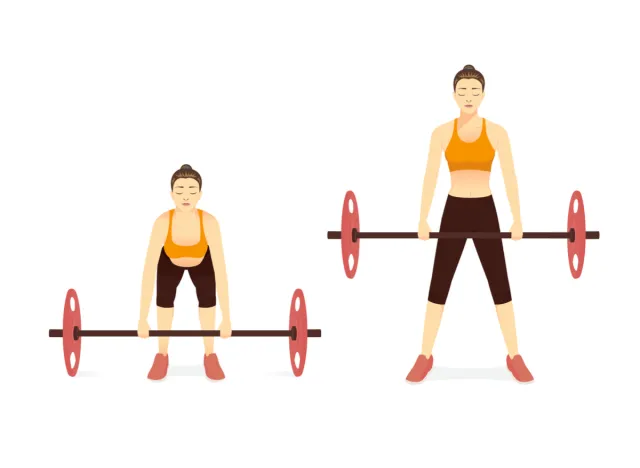
Deadlifts are excellent for strengthening the posterior chain, including the lower back, glutes, and hamstrings, which are crucial for maintaining proper posture and preventing back pain.
Stand with your feet hip-width apart, toes pointing forward, and a barbell in front of you. Hinge at your hips, and bend your knees slightly while keeping your back straight and chest up. Grip the barbell with your hands shoulder-width apart, palms facing down. Keeping the barbell close to your body, stand up by extending your hips and knees simultaneously. Lower the barbell back down with control, maintaining a straight back throughout the movement. Perform three sets of eight to 10 reps, focusing on maintaining proper form.
Chest Presses
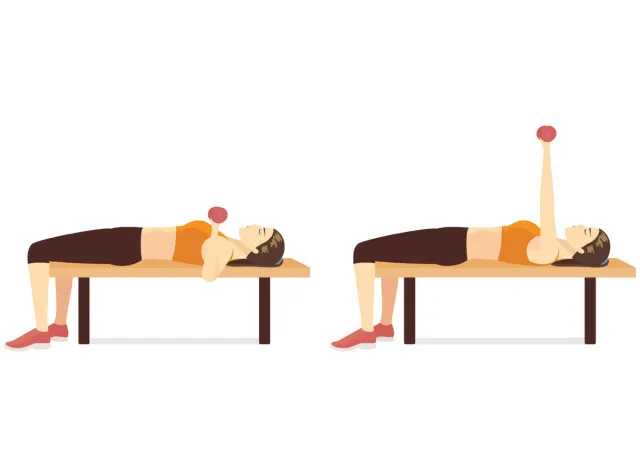
Chest presses help strengthen the muscles of the chest, shoulders, and arms, improving upper-body strength and posture.
Lie on a flat bench with your feet flat on the floor and a dumbbell in each hand. Position the dumbbells at chest level with your palms facing forward and elbows bent. Press the dumbbells upward until your arms are fully extended, but not locked out. Slowly lower the dumbbells back down to chest level, keeping your elbows slightly bent. Start with two sets of 10 to 12 reps, gradually increasing weight and reps as you progress.
Bent-Over Rows
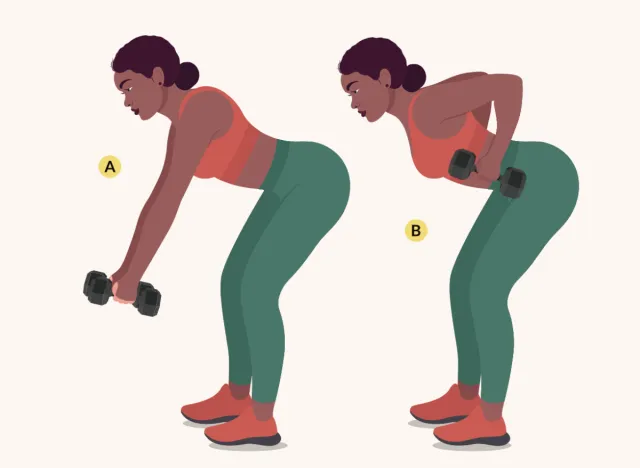
Bent-over rows target the muscles of the upper back, including the latissimus dorsi and rhomboids, promoting better posture and reducing the risk of shoulder injuries.
Stand with your feet hip-width apart, holding a dumbbell in each hand with palms facing your body. Hinge at your hips and lean forward slightly, keeping your back straight and core engaged. Pull the dumbbells toward your ribcage by bending your elbows and squeezing your shoulder blades together. Slowly lower the dumbbells back down to the starting position with control. Perform three sets of 10 to 12 reps, focusing on maintaining a strong and stable torso.
Shoulder Presses
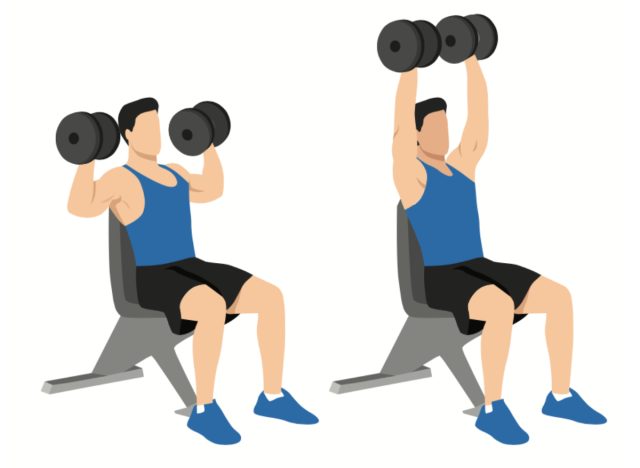
Shoulder presses help strengthen the deltoid muscles, improving shoulder stability and reducing the risk of injury.
Sit on a bench with back support, holding a dumbbell in each hand at shoulder height with palms facing forward. Press the dumbbells overhead until your arms are fully extended, but not locked out. Lower the dumbbells back down to shoulder height with control, maintaining a slight bend in your elbows. Start with two sets of 10 to 12 reps, gradually increasing weight and reps as you become stronger.
Leg Press
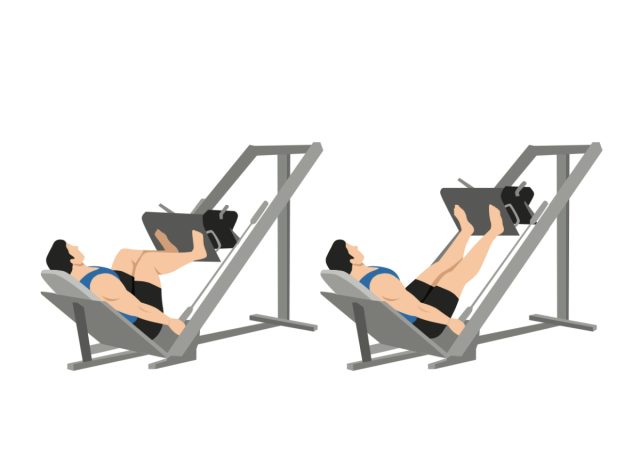
Leg presses are a safe and effective way to strengthen the quadriceps, hamstrings, and glutes, supporting overall lower-body strength and stability.
Sit on a leg press machine with your back flat against the backrest and your feet placed shoulder-width apart on the footplate. Press the footplate away from your body by extending your knees and hips until your legs are almost fully extended. Slowly bend your knees and hips to lower the footplate back toward your body with control. Perform three sets of 10 to 12 reps, focusing on maintaining proper form and control throughout the movement.
Bicep Curls
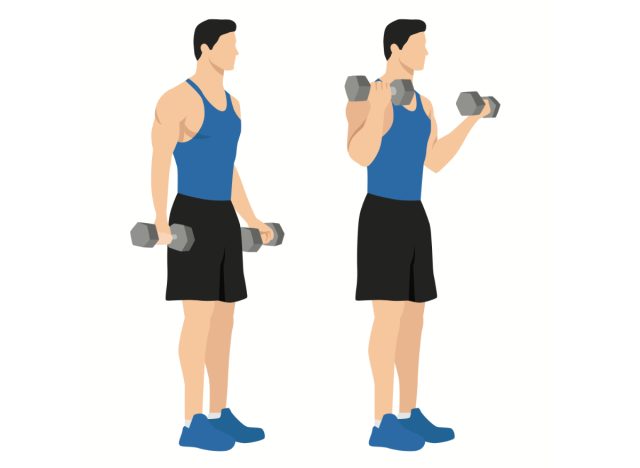
Bicep curls target the muscles of the upper arm, enhancing arm strength and functionality for everyday tasks.
Stand with your feet shoulder-width apart, holding a dumbbell in each hand with palms facing forward. Keeping your elbows close to your body, curl the dumbbells up toward your shoulders, contracting your biceps. Slowly lower the dumbbells back down to the starting position with control. Start with two sets of 10 to 12 reps, gradually increasing weight and reps as you progress.
Tricep Extensions
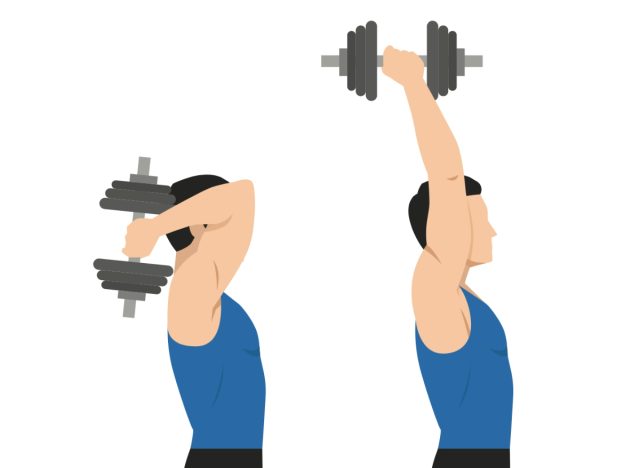
Tricep extensions help strengthen the muscles on the back of the upper arm, improving arm function and reducing the risk of injury.
Stand with your feet hip-width apart, holding a dumbbell in both hands. Raise the dumbbell overhead, keeping your elbow close to your head and your upper arm stationary. Lower the dumbbell behind your head by bending your elbow until your forearm is parallel to the ground. Extend your elbow to raise the dumbbell back to the starting position. Perform three sets of 10 to 12 reps, focusing on maintaining control throughout the movement.
Leg Extensions
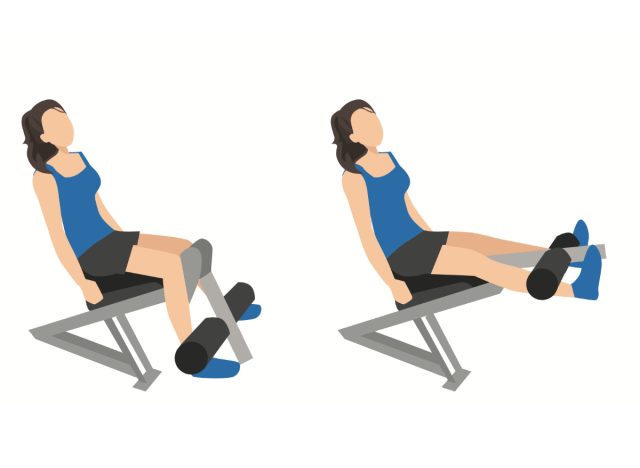
Leg extensions target the quadriceps muscles, promoting knee stability and improving functional movement.
Sit on a leg extension machine with your back against the backrest and feet positioned under the leg pad. Extend your legs fully by straightening your knees, lifting the weight until your legs are almost fully extended. Slowly lower the weight back down to the starting position with control, bending your knees. Perform three sets of 10 to 12 reps, focusing on maintaining a smooth and controlled motion.
Calf Raises
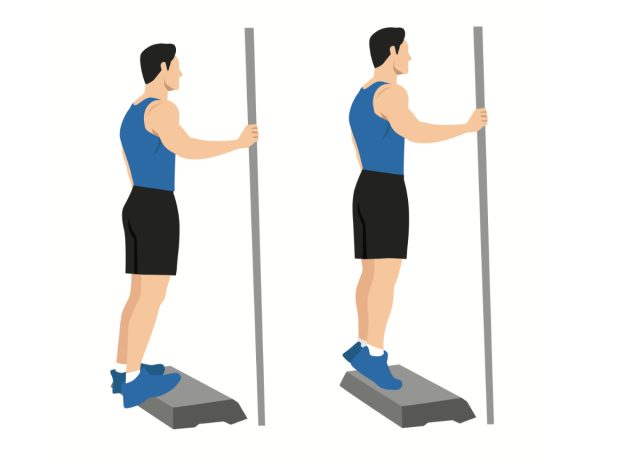
Calf raises help strengthen the calf muscles, improving ankle stability and reducing the risk of falls.
Stand with your feet hip-width apart, holding onto a stable surface for support if needed. Rise onto the balls of your feet, lifting your heels as high as possible. Hold the top position briefly, then lower your heels back down to the ground with control. Perform three sets of 12 to 15 reps, focusing on achieving a full range of motion.


